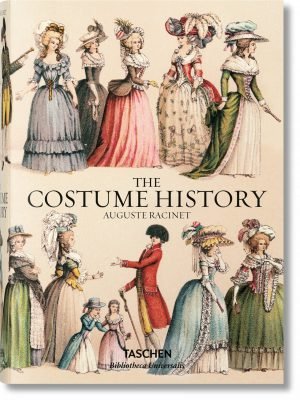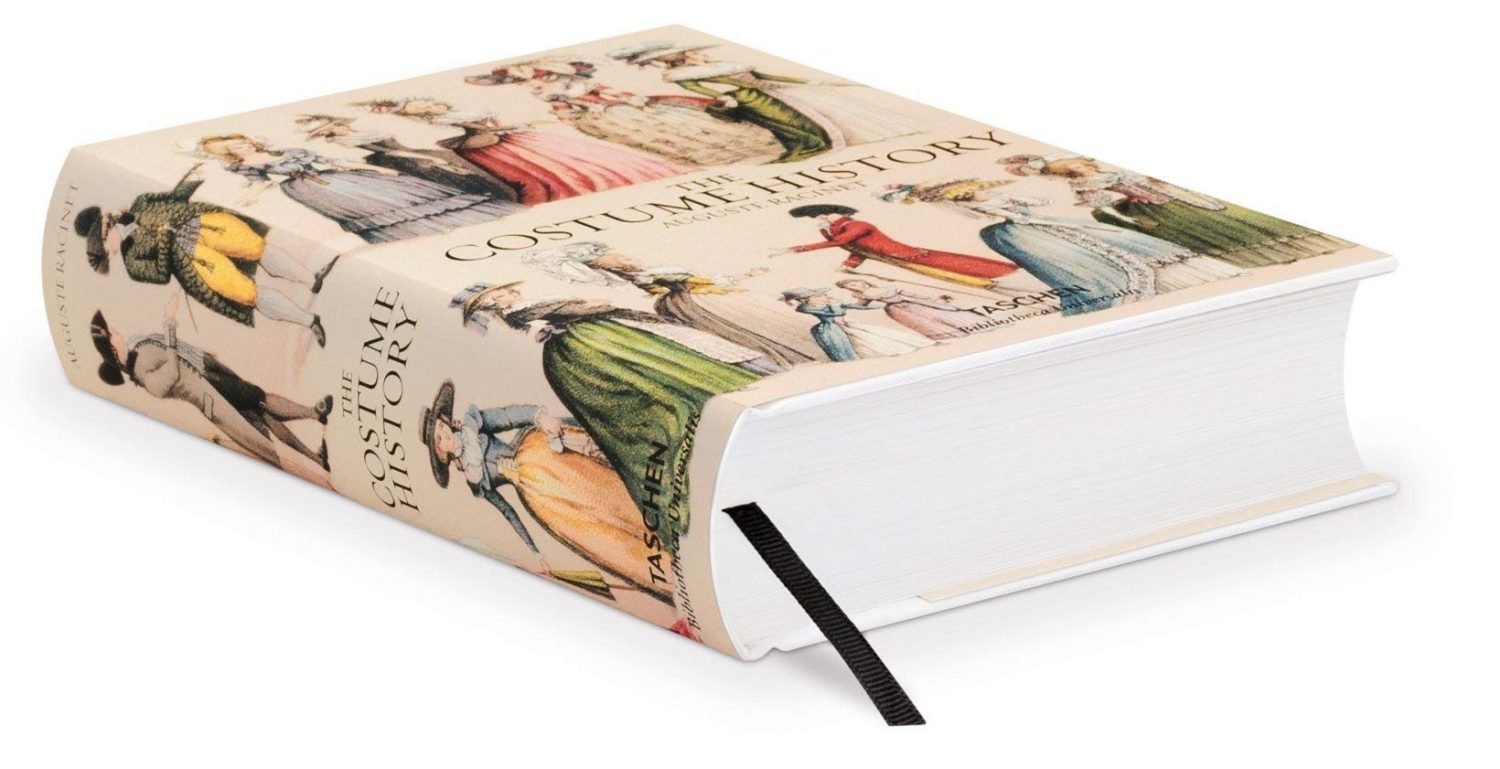The grammar of ornament by Owen Jones. The variety of ancient Egyptian ornaments and decorations.
Tag: Ancient Egyptian customs
Ancient Egyptian dress, culture and customs in the Middle East.
The Corset and the Crinoline. Chapter II.
Chapter II. Roman, Greece and Egypt. The Corset and the Crinoline.
The Corset and the Crinoline. Chapter I.
The origin of the Corset. The Corset and the Crinoline.
Egyptian Costumes of the New Kingdom from c. 1550 to 1070 BC
Costumes of the Egyptian New Kingdom from approximately 1550 to 1070 BC
Clothing in Egyptian Old Kingdom. The Golden Age.
The Ancient Egyptians themselves regarded the era as the Golden Age and the pinnacle of their culture.
Costumes of the Middle Kingdom of Egypt 2040 to 1782 BC.
The Egyptian Middle Kingdom is often referred to as the feudal era. Most usually associated with the Pyramids, the Sphinx, and the Pharaohs.
Egyptian Ornament. Plastic Art, Architecture and Painting.
The mode of decoration with the Egyptians comprises symbolic figure-subjects chiefly in conjunction with hieroglyphics.
The only of the Egyptian god Ammon extant, with the Ram’s head.
This figure of the Egyptian god Ammon, being a monument of considerable importance in the history of the art
Aswan the ancient Syene and the island of Elephantine.
Aswan was the ancient Syene; in the Coptic language it signified an opening, derived from the sudden widening of the Nile below the Cataracts.
View from under the Portico of the Temple of Dendera, Egypt.
The Temple of Dendera is an ancient Egyptian temple complex in Dendera, 55 km north of Luxor in Upper Egypt. It is one of the most important temple sites in Egypt and was dedicated to the goddess Hathor.

Auguste Racinet. The Costume History by Françoise Tétart-Vittu.
Racinet's Costume History is an invaluable reference for students, designers, artists, illustrators, and historians; and a rich source of inspiration for anyone with an interest in clothing and style. Originally published in France between 1876 and 1888, Auguste Racinet’s Le Costume historique was in its day the most wide-ranging and incisive study of clothing ever attempted.
Covering the world history of costume, dress, and style from antiquity through to the end of the 19th century, the six volume work remains completely unique in its scope and detail. “Some books just scream out to be bought; this is one of them.” ― Vogue.com











